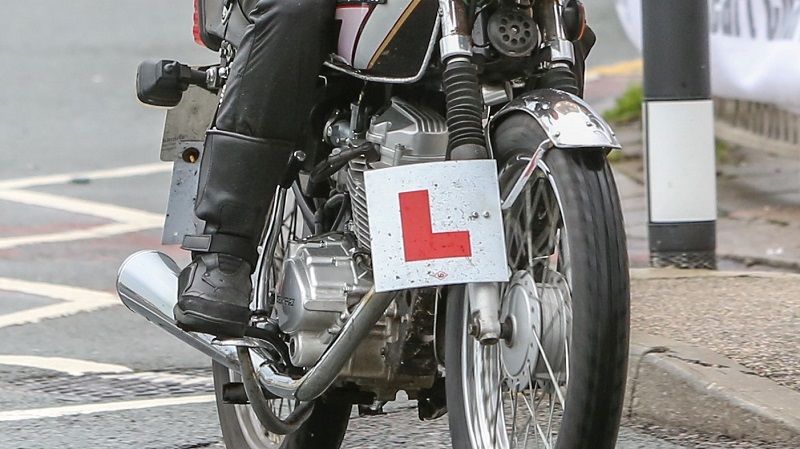
The Government is being urged to carry out a full review of the existing motorcycle licencing regime, with claims it is impacting the safety of young riders.
At present, in order to ride a motorcycle or scooter of any type, riders must take a Compulsory Basic Training (CBT) course. This takes an average of five to seven hours to complete.
For those aged 16 years, this entitles them to ride a moped. Upon turning 17 years, they can ride a motorcycle up to 125cc.
The Government says the CBT ensures riders can travel safely on their own while they practise for their full moped or motorcycle test.
However, a new report, led by the Motorcycle Action Group (MAG), shows that for every five CBT certificates issued, just one full licence is achieved.
So why is this?
MAG believes there are a number of reasons many new riders simply abandon riding in favour of less environmentally friendly cars.
For example, for those whose ambition is to commute on a 125cc motorcycle, there is no justification for the cost of obtaining a full licence.
MAG also points to the fact that young riders wanting to get a full licence and ride larger capacity bikes cannot make the jump directly from a CBT until they reach 24 years of age.
What’s more, the report highlights that there is ‘no way of knowing’ how many riders are currently riding on L plates. MAG worries this is impacting their safety, due to a lack of training.
Data shows that young riders account for 28% of all motorcycle casualties. The comparative figure for young drivers is 18%.
MAG notes that the comparison normalises for the relative safety of the two modes, but ‘clearly shows that young riders are more likely to suffer than young drivers’.
It says ‘the connection to the proportion of unqualified young riders seems hard to refute’.
Colin Brown, MAG’s director of campaigns and political engagement, said: “I don’t claim to have all the answers on how to improve the current regime. But I do think this study reveals that there is a genuine and pressing need for change.
“We want better safety outcomes from the system.
“Also, we need to remove entry barriers to motorcycling. As a transport mode it offers a real solution for reducing transport congestion and emissions. It’s time to accentuate the benefits, not suppress them.”
